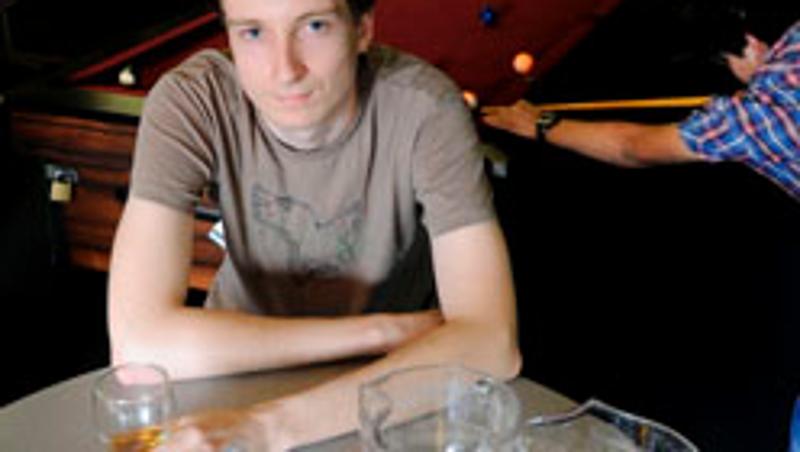
Older siblings are a major influence on copycat binge drinking, a new study by Queensland University of Technology (QUT) has found.
Ryan McAndrew, from QUT's School of Advertising, Marketing and Public Relations, said of those surveyed, males aged three, four and five years older than their brothers played a significant role in influencing drinking levels.
"Siblings within one to two years of age may see their older siblings as more of an equal than one who possesses power. They will therefore be less likely to be influenced by them but older siblings are close enough to have a high frequency of contact, and old enough for the younger sibling to see them as an authority figure," he said.
The study of young adults aged 18 to 30 looked at the age, gender and cultural influences of siblings to influence drinking behaviours.
Mr McAndrew said overall siblings exerted a "force" in alcohol consumption but the extent of this force was dependent on the age and gender combinations of the siblings.
"For example all-male siblings recorded the strongest similarity in drinking behaviours compared with all-female and male-female siblings," he said.
"The results found the aspect of "masculinity" in an all-male sibship was significantly associated with alcohol consumption.
"Drinking is an integral part of the cultural identity of Australia, being seen as a symbol of manliness.
"Therefore two male siblings are likely to associate their drinking with having masculine qualities.
"It is likely that sibling rivalry elicits competitive actions by the sibling pair, as drinking is associated with physical stamina and prowess, a male pair may engage in drinking to see who can drink the most."
Mr McAndrew said risky drinking by young people was a major health problem in Australia with about 50 per cent of 18 year olds already drinking at risky levels.
"Binge drinking among young Australians is of particular concern with increasing levels of alcohol-related harm including hospitalisation, unwanted sexual activity and drink driving being reported," he said.
"Unsurprisingly 18 to 24 years olds have been found to report the highest prevalence of risky alcohol consumption of all age groups.
"Because of this young people are those most at risk from the dangers of excessive drinking and are therefore an appropriate audience to be targeted in social marketing campaigns."
Mr McAndrew said legal and educational approaches to reduce alcohol consumption had proved largely ineffective.
"Creating mass media campaigns that tell people about the negative effects of drinking won't change the behaviour as most people over 18 are already aware of the effects, they don't need more education," he said.
"People who binge drink do so because they believe the benefits they receive from drinking are worth more to them than the negatives it may bring.
"A social marketing approach does not use mass media as the sole aspect of the campaign; instead a social marketing approach looks at altering the cost-benefit equation in people's mind to find a compelling reason that will motivate people to reduce drinking.
"In other words, if we want people to reduce drinking then we need to make them a 'better offer', one that they want more than binge drinking."
Media contact - Sandra Hutchinson, QUT media officer, 07 3138 2999 or s3.hutchinson@qut.edu.au
**An excellent high-res photo of Ryan McAndrew is available for media use




